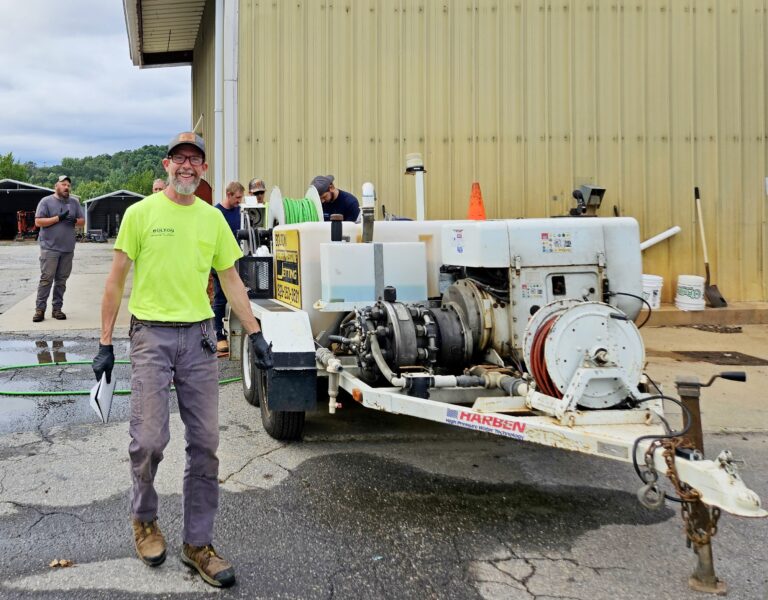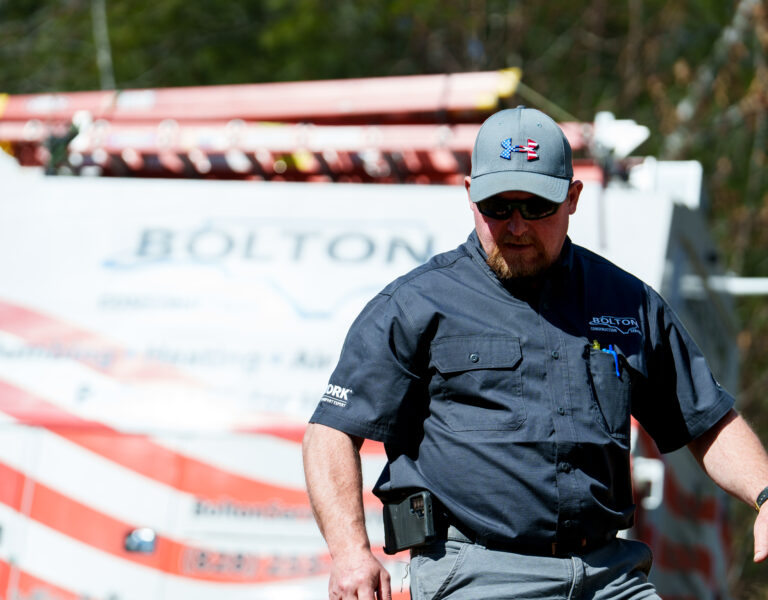
To the typical plumbing system, the engineering behind indoor plumbing may seem almost primitive, even embarrassing. It is just a series of pipes, pumps, filters, and heaters. It can’t take videos, post photos of cats on the Internet, or allow people to connect with friends the way a smartphone can. At the same time, a smartphone can’t produce clean safe drinking water on command for cooking or bathing at any time of the day. A smartphone can’t protect residents of a home from waste by quickly and efficiently carrying it outside the home where it can be processed without family members ever having to touch it. But it took humans thousands of years to get to this point.
Plumbing Was Critical To Survival
The story of civilization is also the story of plumbing and it begins with the ancient Egyptians. The desert region they lived in confined them to one area for survival, the Nile River, the only reliable source of water.
But once the Egyptians learned how to make pipes from clay, they could move that water to larger areas. Now they could grow crops and spread out just how far people could live. They even pioneered the use of metals like copper for pipes, a material we still use today.
Then, centuries later, the Romans improved on their irrigation techniques. The famous aqueducts of the empire carried vast amounts of water incredible distances, straight to the settlements that required it.
But then the Romans took things a step further and let those aqueducts branch off. Carrying water into select individual homes, for the first true indoor plumbing. They learned how to hollow out elm logs to use as sewage pipes to carry human waste away. An early example of sewage management and disposal.
The Suffering of Royalty
Plumbing and engineering didn’t smoothly leap from one advance to the next. In the case of society’s upper class, sometimes it took huge steps backward.
One of the 18th century’s most famous figures, Marie Antoinette, is famous for her use of perfume. But she did it to hide the stink she and the rest of the French court gave off.
French palaces were built more for appearance than maintenance in mind. So the palaces had no easy access to water, and therefore had no indoor plumbing. This meant even French royalty could only bathe once a month.
It also meant that there was no sewage control. Both solid and liquid human waste piled up in palaces. Rugs would be stained from waste. Even royal chambers had waste piling up in corners.
Modern Safety & Sanitation
Fortunately 21st century American homeowners enjoy far easier water and sanitation access than the French royals of the 18th century.
Modern showers let us bathe right after a healthy workout. Modern toilets ensure that entire cities are kept safe and clean through efficient waste disposal systems.
Even when things go wrong, there’s little reason to panic. Bolton Construction & Service of WNC, Inc. is here for you 24/7. That means that there are always qualified, experienced professionals available to quickly handle any problem and restore smooth, easy water and toilet access when we need it most.












